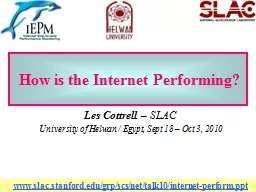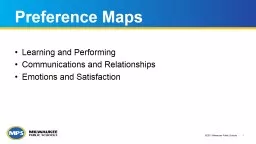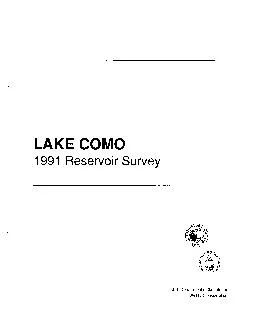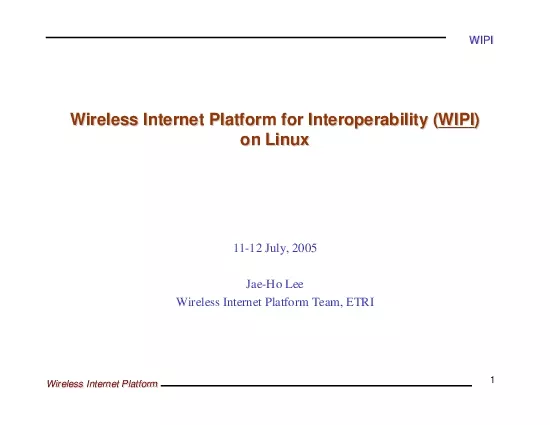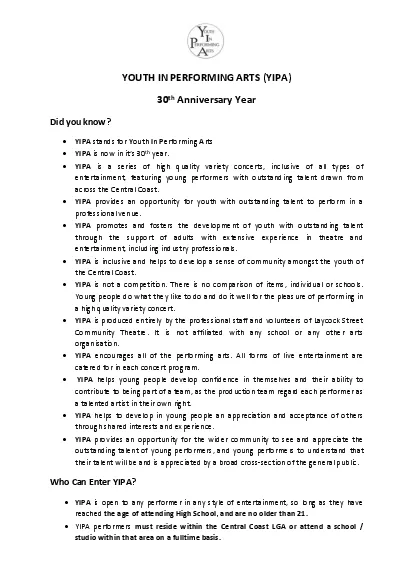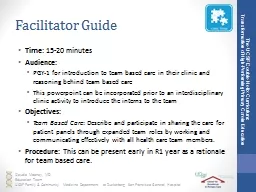PPT-1 How is the Internet Performing?
Author : lois-ondreau | Published Date : 2017-12-30
Les Cottrell SLAC University of Helwan Egypt Sept 18 Oct 3 2010 wwwslacstanfordedugrpscsnettalk10internetperformppt 2 Overview Internet characteristics Users
Presentation Embed Code
Download Presentation
Download Presentation The PPT/PDF document "1 How is the Internet Performing?" is the property of its rightful owner. Permission is granted to download and print the materials on this website for personal, non-commercial use only, and to display it on your personal computer provided you do not modify the materials and that you retain all copyright notices contained in the materials. By downloading content from our website, you accept the terms of this agreement.
1 How is the Internet Performing?: Transcript
Download Rules Of Document
"1 How is the Internet Performing?"The content belongs to its owner. You may download and print it for personal use, without modification, and keep all copyright notices. By downloading, you agree to these terms.
Related Documents

